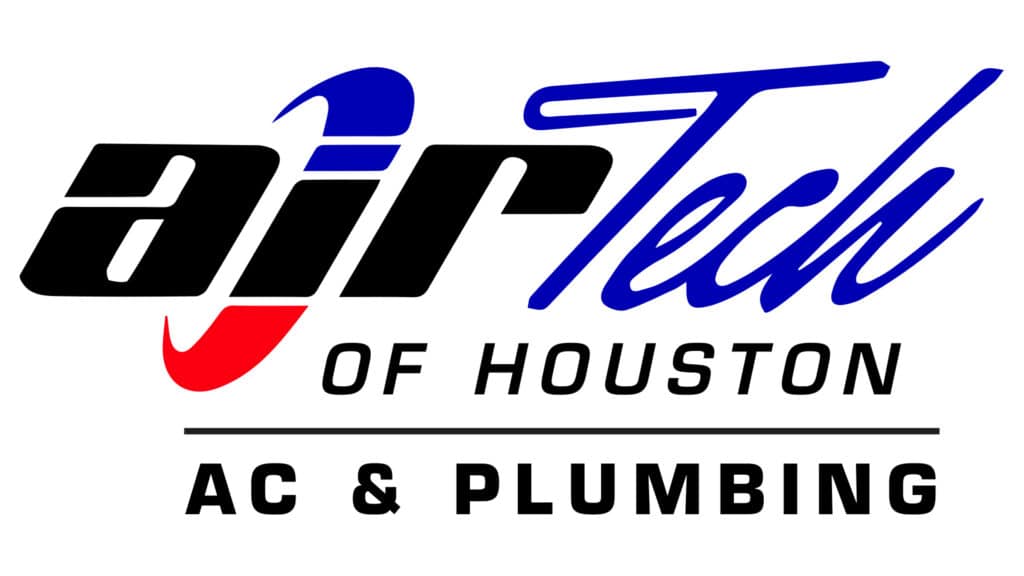
How can we help you today?
Celebrating a Job Well Done
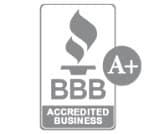





Houston’s Reliable Air Conditioning, Heating and Plumbing Company
Here in Houston, we deal with high levels of heat and humidity nearly all year long. With weather like that, air conditioning is a necessity, not a luxury! That’s why you need a dependable HVAC contractor who can expertly handle all your HVAC needs.
From AC repairs, AC installations and maintenance to indoor air quality and attic insulation, our team at Air Tech of Houston AC & Plumbing is dedicated to providing you with the 5-star, quality service you deserve every time. We’ve even extended our team to provide our high-quality AC services from Conroe to Galveston!
We care about our customers’ comfort, and that means you can always rely on us to get the job done quickly and correctly while showing ultimate respect for your home. We show up for you every single time — that’s just how we do business! From Memorial City and Spring Branch to Houston Heights and Deer Park, we’re available to provide you with top-quality services across the greater Houston area.
Keeping Houston Cool With Outstanding AC Services!
Making sure you feel frosty in your home during those humid Houston summers is our specialty! Our team of technicians is trained to know your AC unit inside and out, allowing every service call to run smoothly. Our experts know that AC repairs are never convenient, so we move quickly to ensure your home is comfortable again as soon as possible. From strange sounds and odors to broken compressors and air handlers, Air Tech has the tools and knowledge to fix your unit!
When it’s time to choose a newer model for your AC replacement, we’ll be there in a hurry to guide you through the process. We’ll help you determine the best type, brand and size of air conditioner installation that’s right for you and make installation day easy and stress-free. Let us worry about the details so that you can stay cool all year long.
Plus, our AC tune-up appointments will keep that brand new AC system blowing consistent, cold air into your home without issue for years to come. When our technicians have the opportunity to evaluate your AC, they can identify looming repairs or make efficiency adjustments to help your cooling system operate properly. You don’t have to live in the heart of Houston to take advantage of our AC maintenance services. Whether you live in The Woodlands, League City or anywhere in between, our team is here for you.
Our Houston Heating Services Can’t Be Beat!
We all know how mild our Houston winters can be, but if there’s one thing we can count on, it’s Texas’ ability to surprise us! When those unexpected cold fronts blow in, you should be ready to turn on those heaters without a hitch.
With the Air Tech team on your side, your efficient furnace or heat pump will melt away those dropping temperatures and make your home comfy and cozy with ease. When you’re ready for more dependable heating, we can handle your heater replacement too! You’ll never have to wonder if your heater installation was a good investment because it will serve your home perfectly for many years.
If your heating system ever struggles, rely on our HVAC technicians to examine the equipment and make same-day furnace repairs. We have years of experience providing Houston heater repairs, so we know how to pinpoint exactly what’s wrong with your heating system. Our heater repair services will never leave you shivering at home – you can count on us!
In the fall, our team will work to inspect and adjust your heating unit with our thorough heater tune-up services. This will ensure that you have no problems in the coming months, and it will bring more accurate comfort, efficient energy usage and a longer heater lifespan. We promise, from your first Houston furnace installation or repair, you will receive unparalleled service from our HVAC technicians.
The Shield Of Protection Program
We’re so dedicated to providing you with the best Houston HVAC services that we offer exclusive membership to our Shield of Protection program. Your AC and heater services should be stress-free, and now they’re easier than ever! When you join our membership, you receive two HVAC tune-ups every year. Even if you forget to schedule a maintenance appointment, we’ve got you covered!
Other benefits include priority service within 48 hours of your call, discounted repairs and a FREE diagnostic fee. All of these benefits make Air Tech of Houston AC & Plumbing’s Shield of Protection a true stress reliever for our Houston residents. If you’re interested in becoming a member, all you have to do is contact us! Let our professional technicians handle all your heating and cooling needs in Bellaire, Southside Place and surrounding areas.
Pristine Air Quality Solutions. Breathe Deeply, Houston.
Our community is well known for high humidity levels and Texas allergies. That combination spells trouble for our lungs and causes air quality problems for many people — even inside our homes. But you should be able to breathe confidently in your own home regardless of the air outside.
Our Houston air care specialists offer a variety of indoor air quality services, including IAQ testing, air filtration installation and purification systems to keep air contaminants out of your home — and out of your lungs! Indoor allergies and lung irritation are problems of the past when you count on our team of experts to help you make a healthy home.
If you’ve noticed severe allergies indoors or excess dust settling in your home, you need to call on our air quality experts. Start breathing clean, clear air in no time!
Expert Plumbing Services in Houston, Texas
Our homes here in Houston use many plumbing systems to provide reliable, effortless water at your fingertips. Your plumbing systems are essential to the operation of your home, and it’s never more clear than when something goes wrong! That’s why you need a quality plumbing company in Houston to make sure your home has safe and clean water no matter what season of the year.
Air Tech of Houston AC & Plumbing is your go-to team for all your plumbing needs. We go above and beyond to provide the best services out of all the local plumbing companies. With comprehensive plumbing services completed by our certified, professional plumbers, we make sure you never have to worry about your home’s health or efficiency. When you need us, we show up. It’s as simple as that.
Choose Air Tech of Houston AC & Plumbing
Air Tech of Houston AC & Plumbing is different from other local HVAC companies. We always put our customers’ needs first, and we’re dedicated to providing the very best customer service in the area. In fact, we’re so confident that we can give you the superior service you deserve that we make Ironclad Guarantees to our customers. From property protection to quality workmanship to system performance, we promise to uphold high standards. If we ever disappoint, we come back and make it right. That’s how we do business.
If you’re in need of Houston HVAC services like AC installations, HVAC repairs or seasonal tune-ups, you need a team you trust. Air Tech of Houston AC & Plumbing is just a call away, and we aim to give you the excellent experience you deserve. Contact us today to speak to a friendly customer service representative or to start a service request!
We Stand By Our 100% Customer Satisfaction Guarantee
Recent Blog Posts
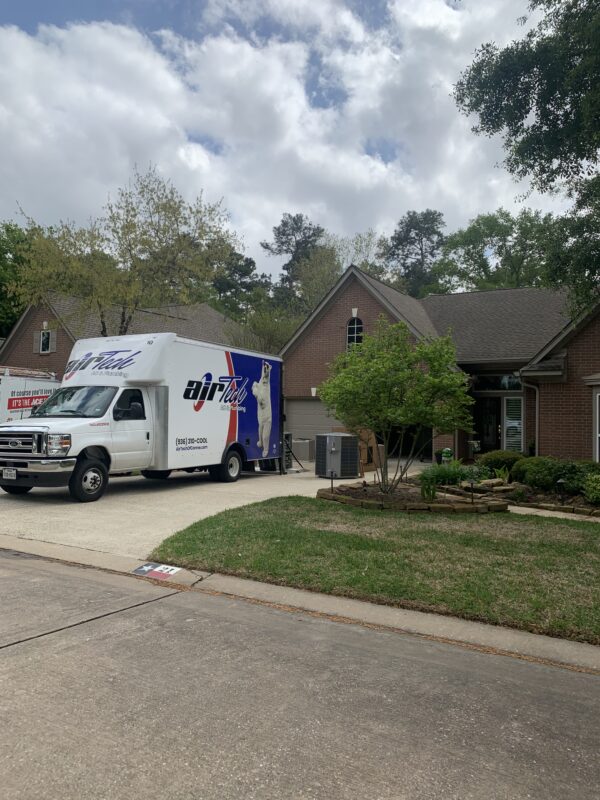
Top 3 Signs You Need a Spring AC System Tune-Up
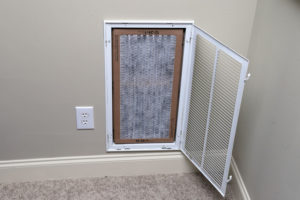
When Is It Time To Change My HVAC Filter?
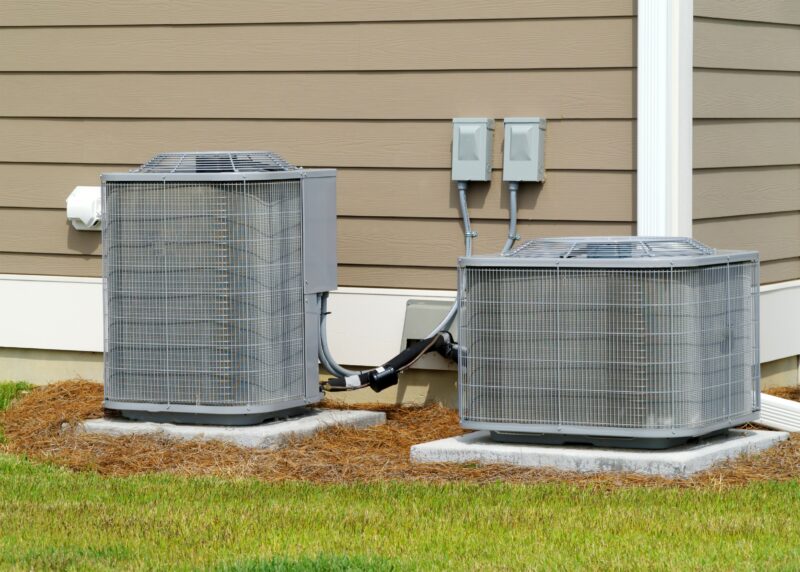
How Ashley Is Crafting Community Connections at Air Tech
3 Convenient Locations
To Serve You
The Woodlands, TX 77380
